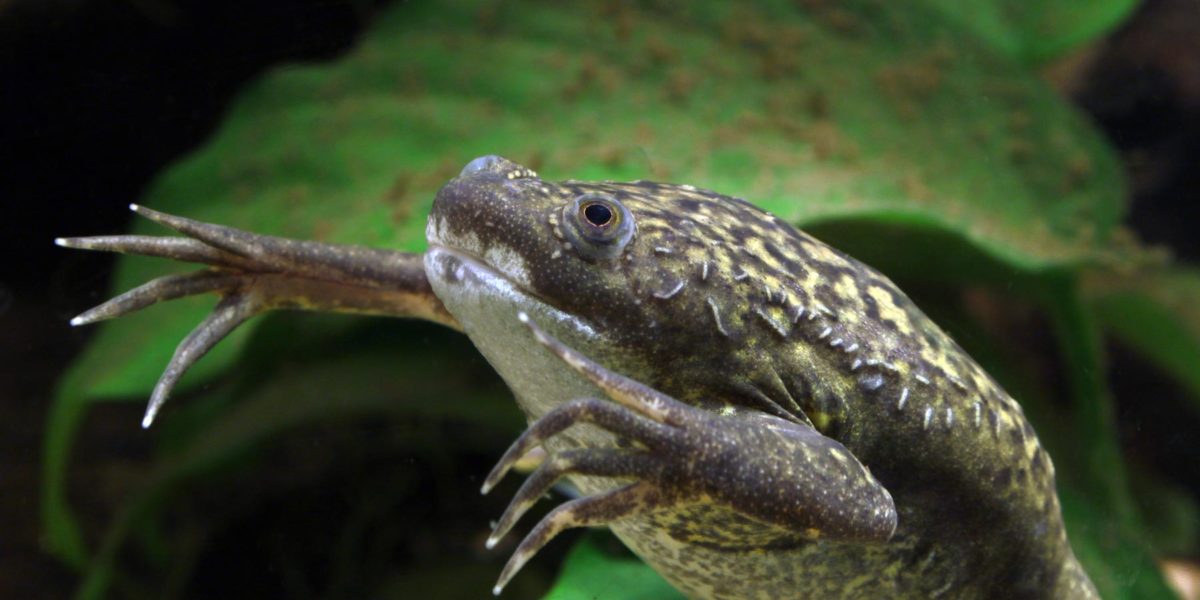
Red-Eared Slider Turtle
Photo by Aditya Gurav, CC BY-SA 4.0 Red-eared Slider Turtle Trachemys scripta Most reptiles do not have sex chromosomes. They have temperature-dependent sex determination (TSD), rather than genetic sex determination. TSD is observed in many fish, all crocodilians, many turtles, and lizards. Sex in reptiles is determined by the temperature of the egg halfway through… Read More





